All Tom Woods, All the Time
==> Here Tom explodes the notion that the medieval folk believed in a flat Earth.
==> Here Tom continues his modern-day crusade against Michael Lind. Tom does an impression of Lind and writes:
The U.S. is not a practical arrangement to be evaluated according to objective criteria. It is a mystical, self-justifying entity. It is metaphysically impossible that it should ever grow so large as to be dysfunctional. Other countries may split into smaller units by mutual consent, but being the awesomest of the awesome, our political unit is not subject to such considerations. We are to treat it with reverence and devotion.
My Opponents OutDo Me
During my debate with MMT guru Warren Mosler last week (raw video available here), I thought I had some good zingers that I was anxious to unleash on poor Warren. For example, I had an analogy for MMT, in which a couple is worried about their finances, and the wife says she will take a second job. The husband then says, “Nope, we aren’t constrained by paychecks. I’ll just go hold up liquor stores. Yes, if I do that too much, I’ll end up in prison, but that’s a far different constraint from ‘budget’ as you keep framing it.”
Mildly amusing, eh? Warren himself chuckled. You can imagine my surprise when Warren then gave his own analogy for MMT, in which people in the room won’t pay him anything for his business cards. But then he explains that there is a man with a gun outside the room, who won’t let them leave unless they have one of the cards. Voila! Now people are scrambling over themselves to perform jobs for Mosler. Unemployment is solved.
Anyway, a similar thing happened to me today in my argument with Daniel Kuehn. I had posted a link to my IER article talking about the White House’s update of the “social cost of carbon” (one set of parameter values made the figure jump up 120%, in just 3 years), and I said:
As the above table illustrates, the latest White House “update” isn’t a minor tweaking of the numbers, polishing off a few decimal places, as it were. No, depending on which framing of “the” social cost of carbon we choose, the increase ranges from 34 percent up to a whopping 120 percent.
Often the climate change activists will tout revisions of this nature as further evidence that the (alleged) emergency is real. “See? We told you things were bad! We should’ve implemented a carbon policy years ago.”
Yet hang on a second. Suppose you were getting ready to take the first manned mission to Mars, which government scientists had been planning for years. Three years ago, they thought the trip would take a certain amount of fuel for the ship and oxygen for the crew, and planned accordingly. Now, they release a new estimate saying, “Whoops, we changed our computer simulation of your trip, and it turns out you’ll need 120 percent more fuel and oxygen than we thought. On this latest simulation, with the old numbers, you and the rest of the crew would suffocate before you even reached Mars.”
With that much volatility in the estimates, how much confidence do you have in these computer simulations? Are you anxious to put your life in the hands of scientists who change their estimate of key variables by 120 percent in a mere three years?
Well, Daniel felt this was “an awful argument.” He went on to say:
The fact that the numbers are all over the map should give pause as to the extent of the regulatory measures we pursue. They should not give pause to “the entire enterprise” as you put it. If zero or negative social costs were included in generally accepted social cost ranges then THAT would give pause about “the entire enterprise”. [Bold added.]
Ah, at this point I thought Daniel had stepped in it. I know the estimates of the social cost of carbon–from the peer-reviewed literature of people whose career field is “economics of climate change”–and yes indeed, several studies find a negative social cost of carbon, i.e. find that emitting carbon dioxide on the margin will shower net benefits on humanity.
You can imagine my surprise then when Daniel himself buttressed his position with the following chart taken from page 25 of this 2011 literature survey by Richard Tol:
Note: In the snapshot above, I cropped it below one outlier, in the 2005 x-axis at about $77 $120 or so.
So like I say, I’m somewhat nonplussed. I was getting ready to dropkick Daniel with a chart like the one above, and yet he thinks this proves his point.
Anyway, there ya go kids: Even if you think it’s “settled science” that humans are at least partially responsible for increasing global temperatures since 1850, there is still another step in the argument, to show that this is harmful on net. As the above survey from Tol shows (and yes I imagine people can quibble with how he selected his representative estimates), the dispersion has increased over time, such that since 2005, we can’t even reject the hypothesis “carbon emissions help added: shower positive externalities on humanity” with 95% confidence.
Impossibly Ironic Quote of the Day
“If the perspective is we’re trying to hide something because we did something wrong, we’re not.” — NSA head General Keith Alexander, testifying before Congress on his secret program of collecting information on millions of phone calls and emails.
BONUS: This next one isn’t so much ironic, as moronic. If you asked me to write about a fictional tool who would defend Big Brother with the lamest argument imaginable, I could not possible have outdone David Brooks. I guess that’s why he’s a world famous writer and I’m stuck in karaoke bars. Here’s Brooks on Snowden (HT2 LRC): “He betrayed his friends. Anybody who worked with him will be suspect. Young people in positions like that will no longer be trusted with responsibility for fear that they will turn into another Snowden.”
So remember, if you ever find yourself with evidence that the government is secretly spying on millions of Americans, you should keep your mouth shut. Think of the children!
Obama Administration Increases Estimate of “Social Cost of Carbon”
For you wonky types, I walk through the White House’s humongous increase in the estimated “social cost of carbon.” An excerpt:
As the above table illustrates, the latest White House “update” isn’t a minor tweaking of the numbers, polishing off a few decimal places, as it were. No, depending on which framing of “the” social cost of carbon we choose, the increase ranges from 34 percent up to a whopping 120 percent.
Often the climate change activists will tout revisions of this nature as further evidence that the (alleged) emergency is real. “See? We told you things were bad! We should’ve implemented a carbon policy years ago.”
Yet hang on a second. Suppose you were getting ready to take the first manned mission to Mars, which government scientists had been planning for years. Three years ago, they thought the trip would take a certain amount of fuel for the ship and oxygen for the crew, and planned accordingly. Now, they release a new estimate saying, “Whoops, we changed our computer simulation of your trip, and it turns out you’ll need 120 percent more fuel and oxygen than we thought. On this latest simulation, with the old numbers, you and the rest of the crew would suffocate before you even reached Mars.”
With that much volatility in the estimates, how much confidence do you have in these computer simulations? Are you anxious to put your life in the hands of scientists who change their estimate of key variables by 120 percent in a mere three years?
By the same token, the Administration is going to rely on estimates of the “social cost of carbon” to guide regulatory cost/benefit calculations. There are literally trillions of dollars in economic growth (over the coming decades) hanging in the balance on such numbers. The fact that the estimates are so over-the-map should give pause to the entire enterprise of using the SCC in regulatory cost/benefit analysis.
Potpourri
==> This is one odd webpage. Talk about anti-carb!
==> “Stickman” makes fun of a bunch of us econ bloggers.
==> I need to break into the IRS speaking circuit.
==> Now we know why every Seinfeld episode features a reference to Superman.
==> Tom Woods vs. E.J. Dionne on US economic history. I don’t like E.J.’s chances.
==> I can’t decide if I’m flattered or annoyed that Noah Smith links to me in his piece on those flawed-but-lovable mainstream economists, when he writes:
Finally, though mainstream economists may not have it all figured out, they are far better than most of the groups who lurk outside the mainstream. For example, spend an afternoon reading the ideas of so-called “Austrian” economists, who believe that we only need logic to understand how the economy works, and that data and evidence are useless. Absurd. But that’s the kind of alternative that’s out there, and some people really believe that stuff.
Go West, Young Socialist
I vaguely knew about these stats, but when I saw them in this table (while researching Crown ownership of Canadian land), it really struck me:
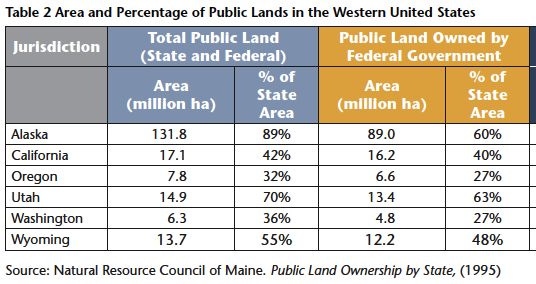
Isn’t that kind of humongous? And why don’t free-market types talk about this more? Is this mostly worthless land, of the kind that Lex Luthor snatched up in the first Superman movie? Or is the government effectively withholding half of the West from humanity?
Night of Clarity Featuring Ron Paul
This year’s “Night of Clarity” in Nashville (August 23) features Ron Paul as our headliner. We also have Tom Woods, Larry Reed, and Nelson Nash coming. Naturally Carlos Lara and I will also be sharing our wit and wisdom with the assembled masses.
There are limited student discount seats available, so especially if you’re a student, get your ticket now!
Details here.
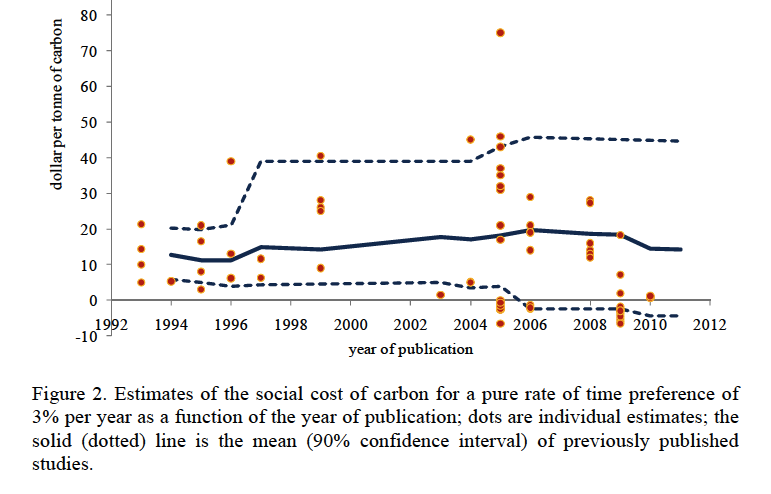

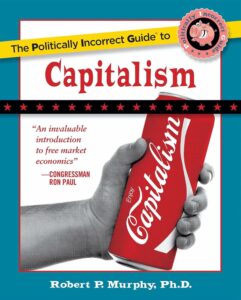
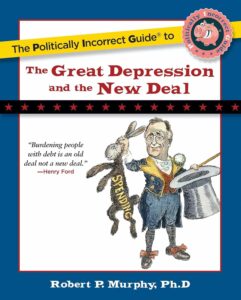



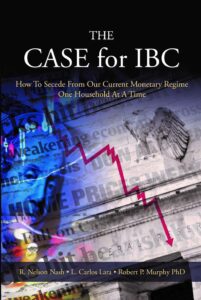
Recent Comments